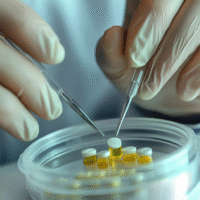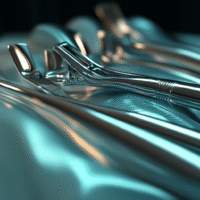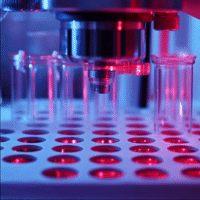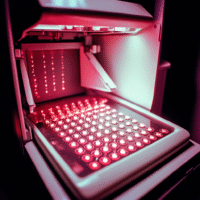Understanding the Trial Results
This study looked at how much pain patients felt after dental treatment for a tooth problem called symptomatic periapical periodontitis. It compared two ways of cleaning the tooth during treatment: using a conventional method and a newer method called the endo-activator.
What Worked?
- The endo-activator method led to less pain for patients at all check-in times (6 hours, 24 hours, and 7 days after treatment).
- Patients who used the endo-activator reported significantly lower pain levels compared to those who had conventional cleaning.
What Didn’t Work?
- Patients using the conventional method experienced more pain at all checked times after treatment.
How Does This Help Patients and Clinics?
- Patients can expect less pain after their dental treatments when the endo-activator is used.
- Clinics can improve patient comfort and satisfaction by adopting the endo-activator method.
Real-World Opportunities
- Hospitals and dental clinics can start using the endo-activator for cleaning teeth during endodontic treatments.
- Training staff on this new method can enhance patient care.
Measurable Outcomes
- Track patient pain levels using a simple scale (like the visual analogue scale) before and after treatment.
- Monitor patient satisfaction rates following treatments.
AI Tools to Consider
- AI tools can help track patient recovery and pain levels, providing data for clinics to make informed decisions.
- Consider using AI systems for managing appointment schedules and patient follow-ups to enhance the treatment experience.
Step-by-Step Plan for Clinics
- Start by training dental staff on the endo-activator method.
- Introduce the endo-activator in a small number of cases to evaluate effectiveness.
- Collect data on patient pain and satisfaction during these initial treatments.
- Gradually expand the use of the endo-activator based on positive feedback and results.
- Continue to track outcomes and adjust the approach as needed to ensure the best patient care.
For more details on this research, please see the full study here.

























